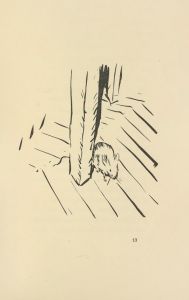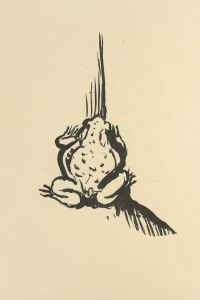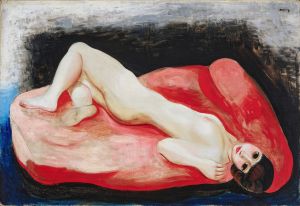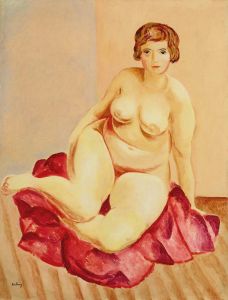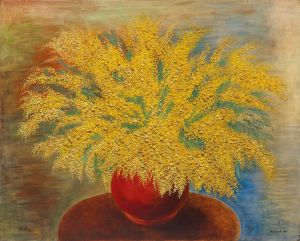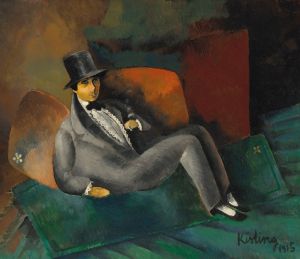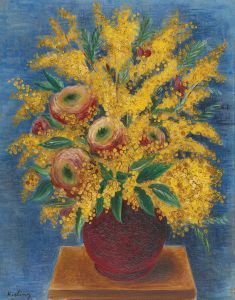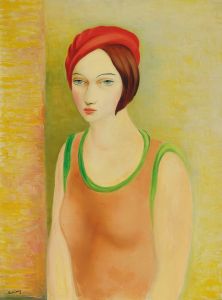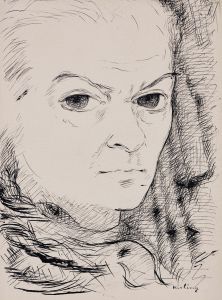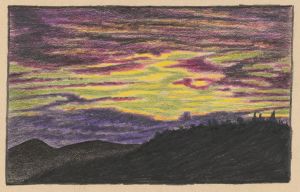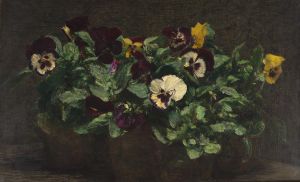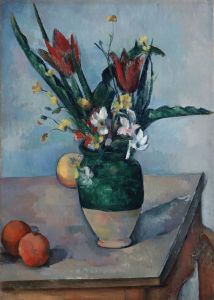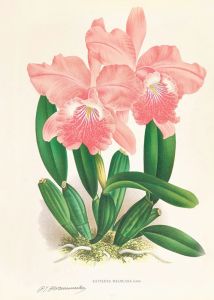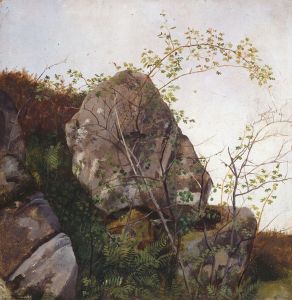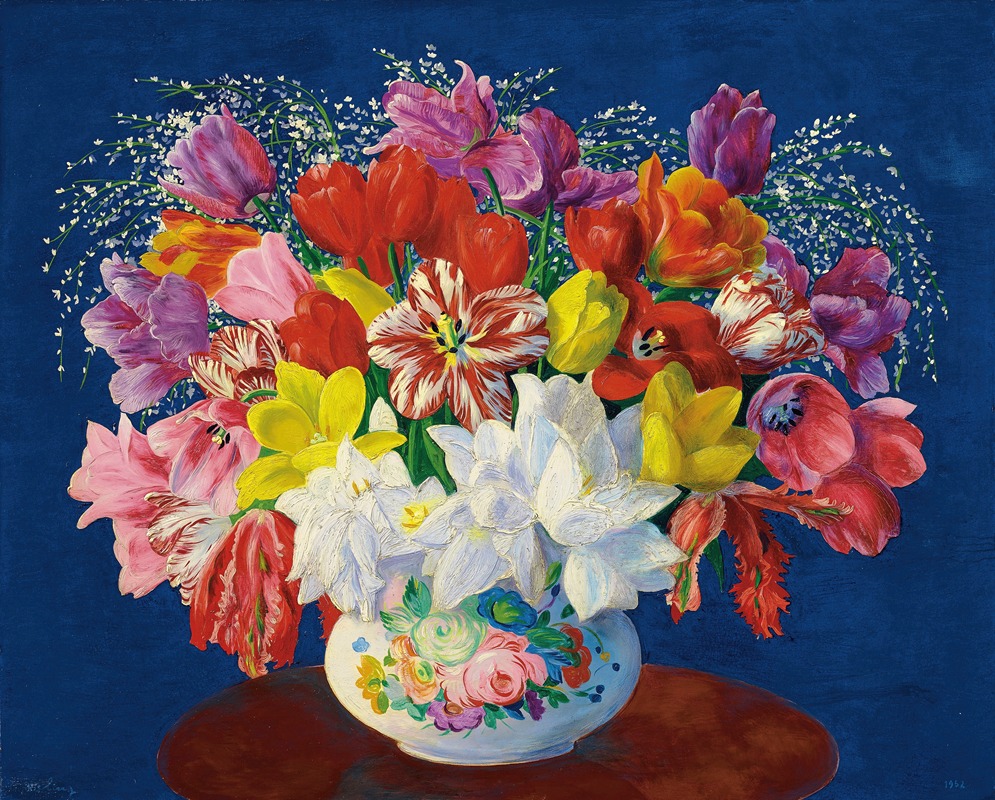
Grand bouquet de tulipes
A hand-painted replica of Moïse Kisling’s masterpiece Grand bouquet de tulipes, meticulously crafted by professional artists to capture the true essence of the original. Each piece is created with museum-quality canvas and rare mineral pigments, carefully painted by experienced artists with delicate brushstrokes and rich, layered colors to perfectly recreate the texture of the original artwork. Unlike machine-printed reproductions, this hand-painted version brings the painting to life, infused with the artist’s emotions and skill in every stroke. Whether for personal collection or home decoration, it instantly elevates the artistic atmosphere of any space.
Moïse Kisling, a Polish-born French painter, is known for his vibrant and expressive works, particularly in the realm of portraiture and still life. One of his notable works is "Grand bouquet de tulipes," which exemplifies his unique style and artistic vision. Kisling was part of the early 20th-century Parisian art scene, often associated with the École de Paris, a group of immigrant artists who contributed significantly to the development of modern art in France.
"Grand bouquet de tulipes" is a still life painting that showcases Kisling's mastery in capturing the essence and beauty of flowers. The painting features a large bouquet of tulips, rendered with bold colors and dynamic brushstrokes, which is characteristic of Kisling's approach to still life. His use of color is particularly noteworthy, as he often employed a vivid palette to bring his subjects to life, creating a sense of vibrancy and movement within the composition.
Kisling's technique in "Grand bouquet de tulipes" reflects his ability to blend elements of realism with a more modern, expressive style. The tulips are depicted with a keen attention to detail, yet there is a sense of abstraction in the way the colors and forms interact on the canvas. This balance between realism and abstraction is a hallmark of Kisling's work, allowing viewers to appreciate both the beauty of the natural world and the emotional impact of the artist's interpretation.
The composition of "Grand bouquet de tulipes" is carefully arranged to draw the viewer's eye across the canvas. Kisling often employed a strong sense of structure in his still life paintings, using the arrangement of objects to create a harmonious and balanced composition. In this painting, the tulips are positioned in a way that suggests movement and growth, with the flowers reaching upwards and outwards, filling the space with their presence.
Kisling's background and experiences as an immigrant artist in Paris also influenced his work. Born in Kraków, Poland, in 1891, he moved to Paris in 1910, where he became part of the vibrant artistic community in Montparnasse. His interactions with other artists, such as Amedeo Modigliani and Jules Pascin, as well as his exposure to various artistic movements, helped shape his unique style. Despite facing challenges as a foreign artist, Kisling's work gained recognition and appreciation for its distinctive qualities.
"Grand bouquet de tulipes" is a testament to Kisling's ability to convey emotion and beauty through his art. The painting not only captures the physical attributes of the tulips but also evokes a sense of joy and vitality, reflecting the artist's passion for his subjects. Kisling's work continues to be celebrated for its contribution to the development of modern art, and "Grand bouquet de tulipes" remains an excellent example of his skill and artistic vision.
In summary, Moïse Kisling's "Grand bouquet de tulipes" is a significant work that highlights the artist's talent in still life painting. Through his use of color, composition, and a blend of realism and abstraction, Kisling creates a dynamic and engaging piece that resonates with viewers. His contributions to the art world, particularly as part of the École de Paris, have left a lasting impact, and his paintings continue to be admired for their beauty and expressiveness.





